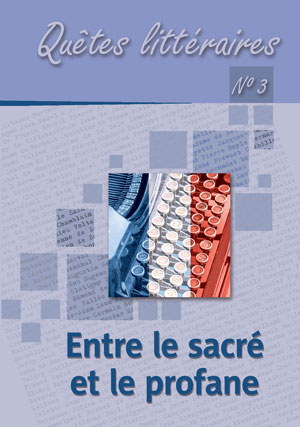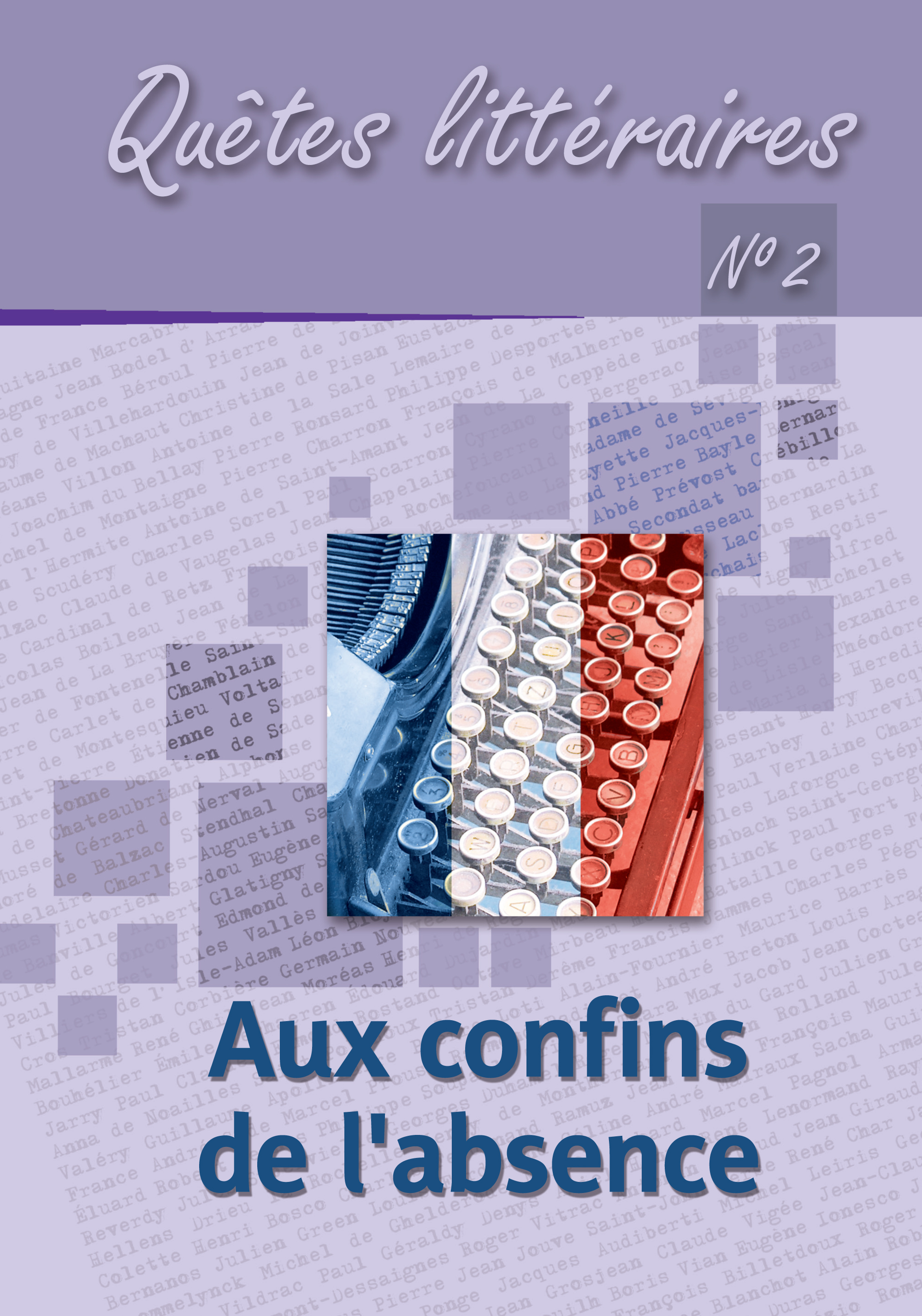Author(s): Michał Piotr Mrozowicki / Language(s): French
Issue: 2/2012
Michel Butor, born in 1926, one of the leaders of the French New Novel movement, has written only four novels between 1954 and 1960. The most famous of them is La Modification (Second thoughts), published in 1957. The author of the paper analyzes two other Butor’s novels: L’Emploi du temps (Passing time) – 1956, and Degrés (Degrees) - 1960. The theme of absence is crucial in both of them. In the first case, the novel, presented as the diary of Jacques Revel, a young Frenchman spending a year in Bleston (a fictitious English city vaguely similar to Manchester), describes the narrator’s struggle to survive in double – spatial and temporal – labyrinth. The first one, formed by Bleston’s streets, squares and parks, is symbolized by the City plan. During his one year sojourn in the city, using its plan, Revel learns patiently how to move in its different districts, and its strange labyrinth – strange because without any centre – at the end stops annoying him. The other, the temporal one, symbolized by the diary itself, the labyrinth of the human memory, discovered by the narrator rather lately, somewhere in the middle of the year passed in Bleston, becomes, on the contrary, more and more dense and complex, what is reflected by the more and more complex narration used to describe the past. However, at the moment Revel is leaving the city, he is still unable to recall and to describe the events of the 29th of February 1952. This gap, this absence, symbolizes his defeat as the narrator, and, in the same time, the human memory’s limits. In Degrees temporal and spatial structures are also very important. This time, however, the problems of the narration itself, become predominant. Considered from this point of view, the novel announces Gerard Genette’s work Narrative Discourse and his theoretical discussion of two narratological categories: narrative voice and narrative mode. Having transgressed his narrative competences, Pierre Vernier, the narrator of the first and the second parts of the novel, who, taking as a starting point, a complete account of one hour at the school, tries to describe the whole world and various aspects of the human civilization for the benefit of his nephew, Pierre Eller, must fail and disappear, as the narrator, from the third part, which is narrated by another narrator, less audacious and more credible.
More...


